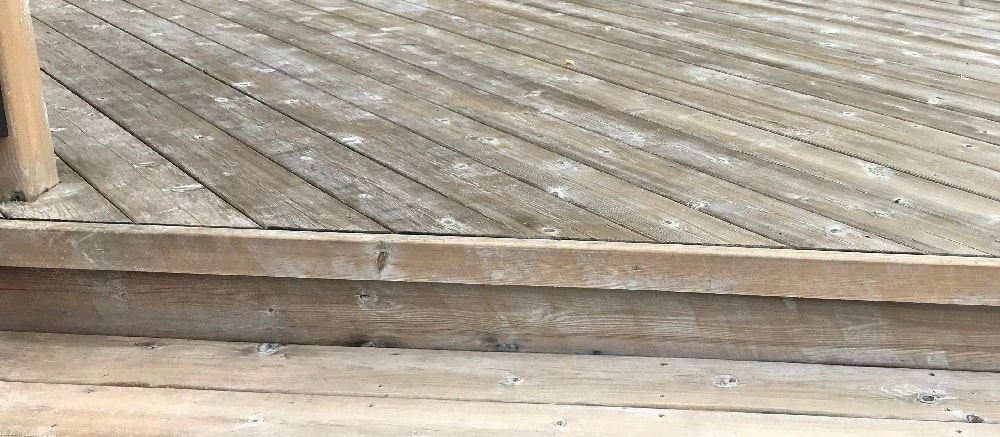|
Refinishing decks is actually fun for us. We see all kinds of decks and all kinds of conditions. Once we accept that a deck can be restored to its original surface condition (or near new), we attack the job. The deck pictured below was not in the worst shape but it had aging problems with deeply embedded stain and weathering in cracks that had formed. Some decks we see look worse but are easier to sand as the damage is more surface oriented.
1. Durability and Maintenance
Let's start with one of the most important factors to consider: durability and maintenance. You want your deck to be able to withstand the elements and the wear and tear of regular use without requiring constant upkeep. Some materials, like wood, require regular sealing and staining to protect against rot and decay. Others, like composite decking, are virtually maintenance-free and only need occasional cleaning to look their best.
|
- HOME
- BUILDING SERVICES
- REFINISHING SERVICES
- ABOUT US
-
CONTACT US
- Contact Us
- AURORA DECK BUILDER
- CALEDON DECK BUILDER
- BOLTON DECKBUILDERS
- MARKHAM DECK BUILDING
- NEWMARKET DECK BUILDER
- NEW TECUMSETH DECKS AND FENCES
- NOBLETON DECK BUILDER
- DECK BUILDER RICHMOND HILL
- DECK BUILDER SCHOMBERG
- STOUFFVILLE DECK BUILDER
- DECK BUILDERS THORNHILL
- DECK BUILDER TORONTO
- DECK BUILDER VAUGHAN
- Blog
|
THE COMPANY
Dedicated Professional Deck Builders who will help you realize your vision for a backyard transformation. We will design with you - and build for you. Our work is guaranteed.
|
STRUCTURES
|
LANDSCAPE AND STONE
|
CONTACT US
|
|
|
|
Places we service:
Vaughan ● Toronto ● Markham ● Nobleton ● Aurora ● King City ● Schomberg ● Richmond Hill ● Newmarket ● Brampton ● Bradford ● Bolton ● Mississauga




 RSS Feed
RSS Feed